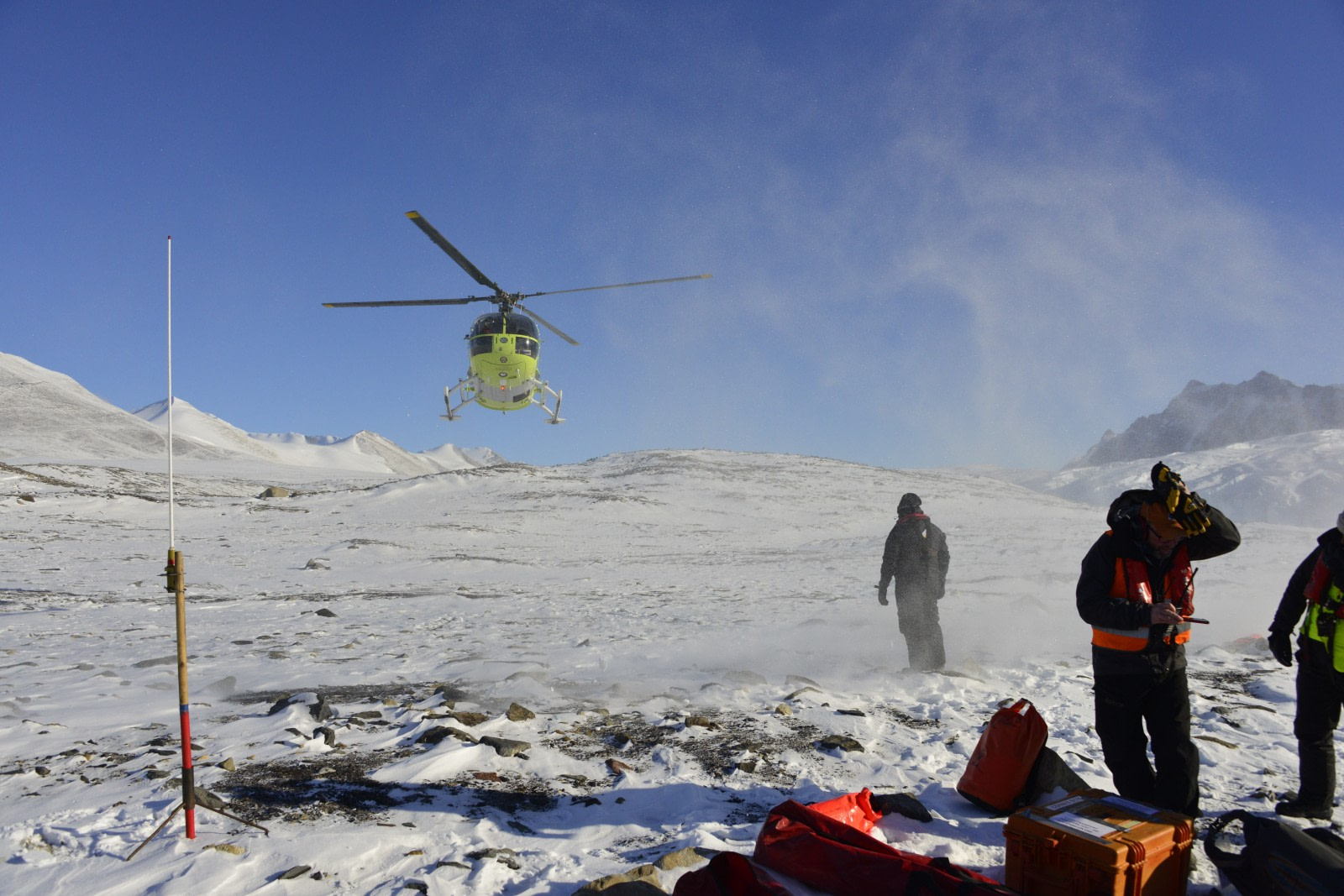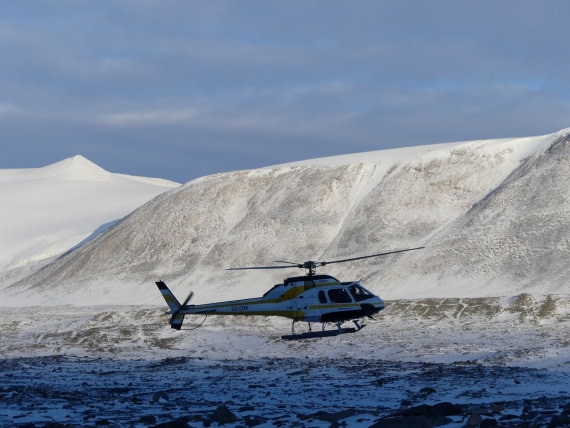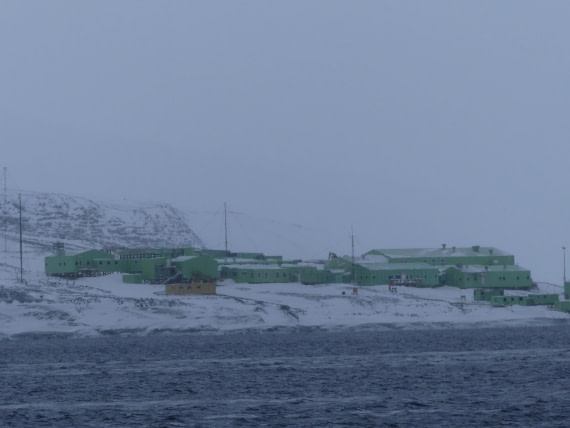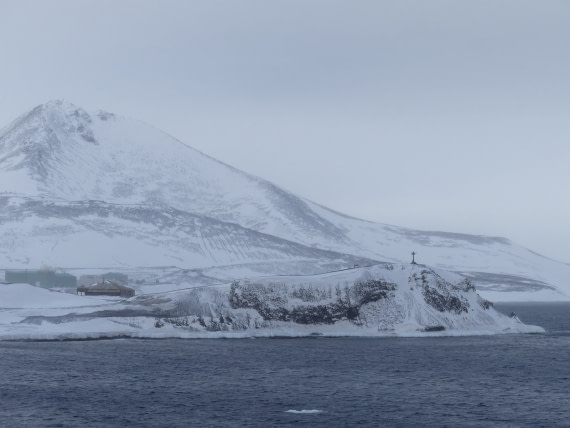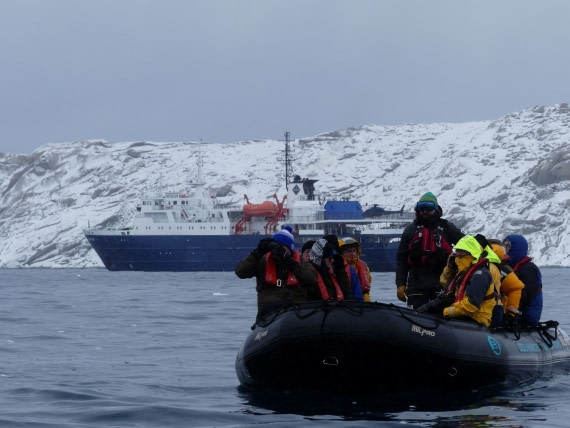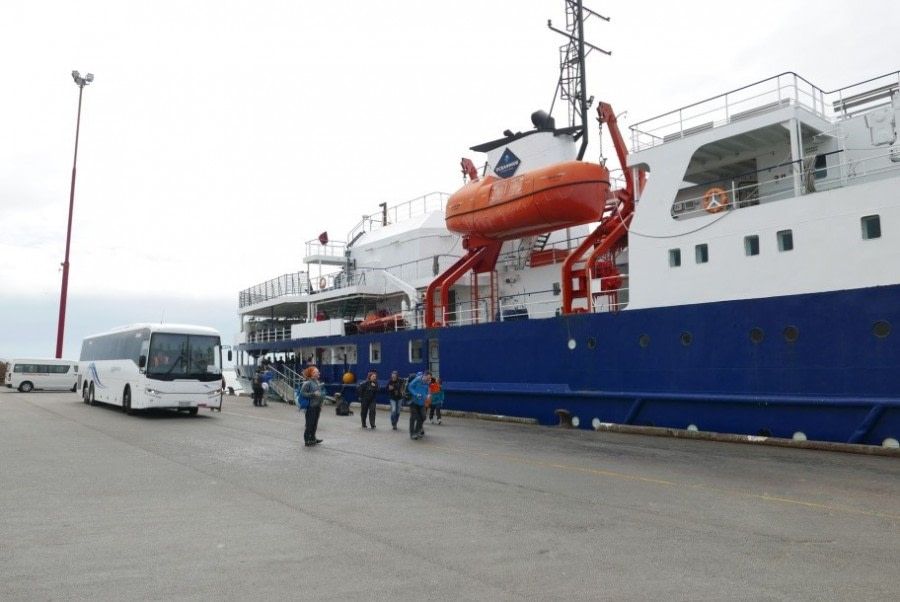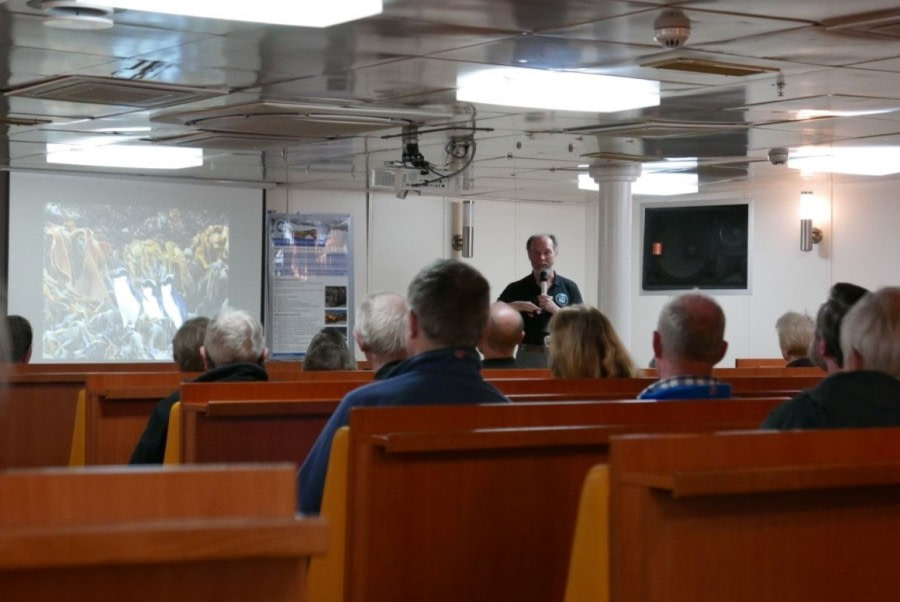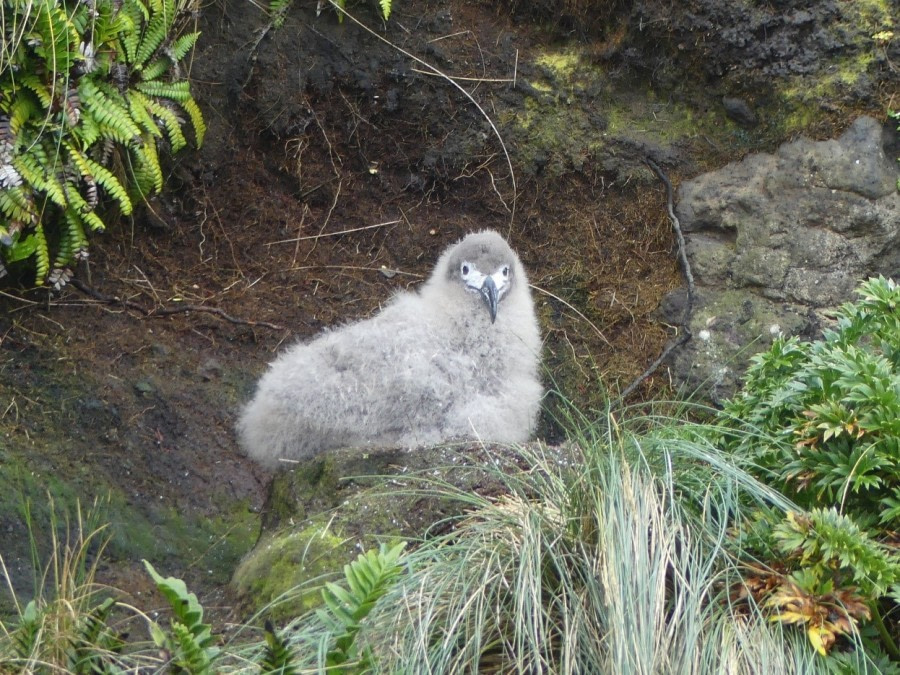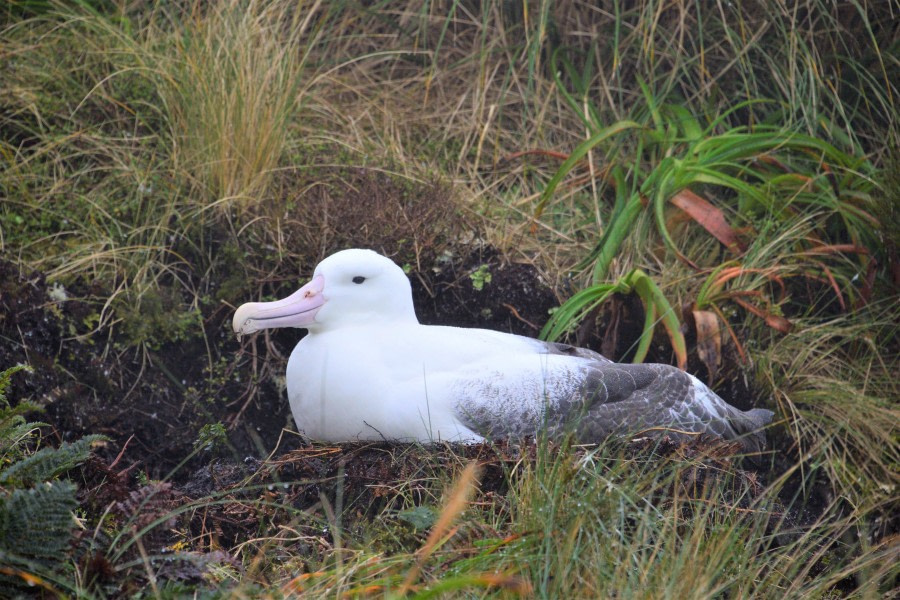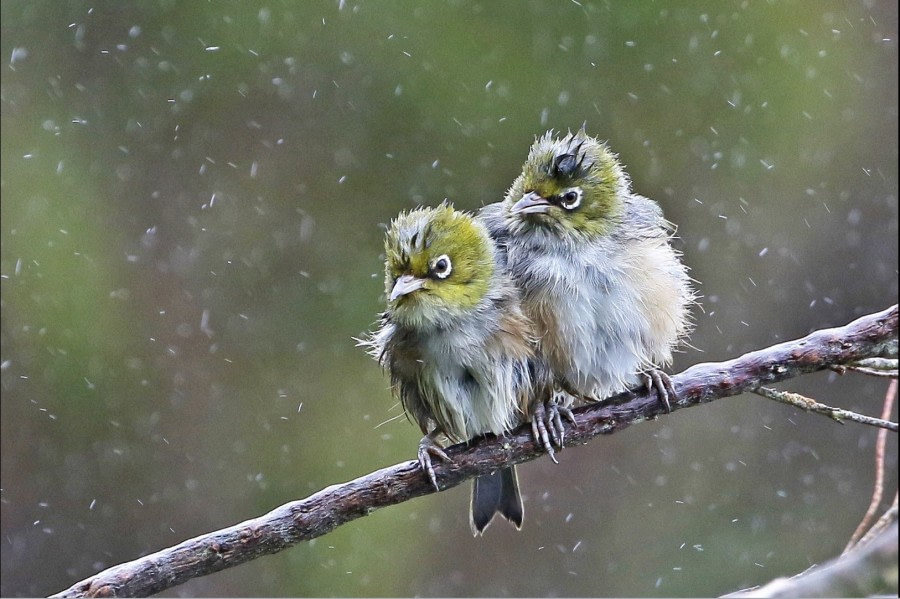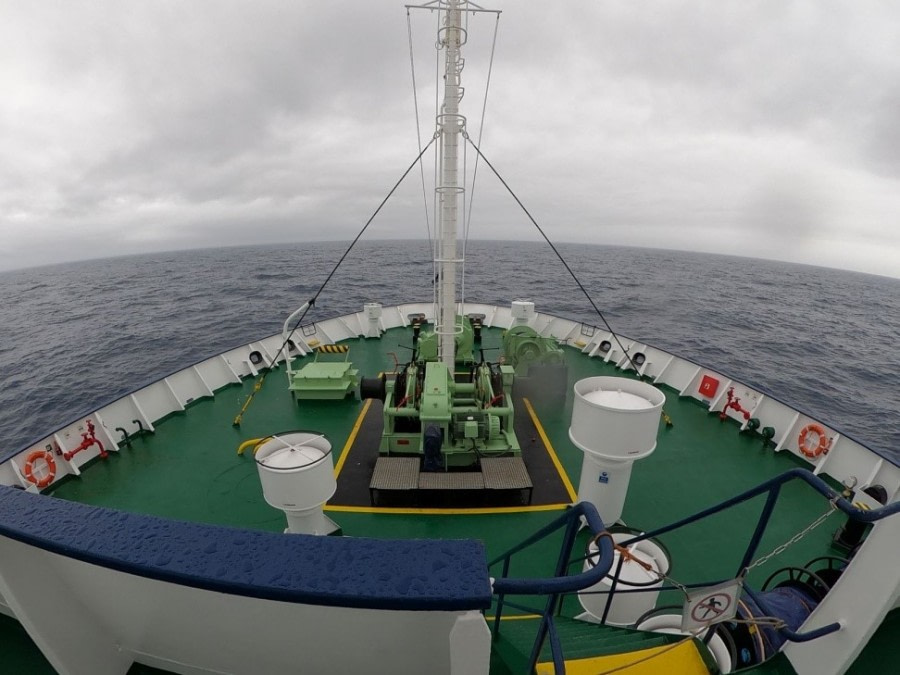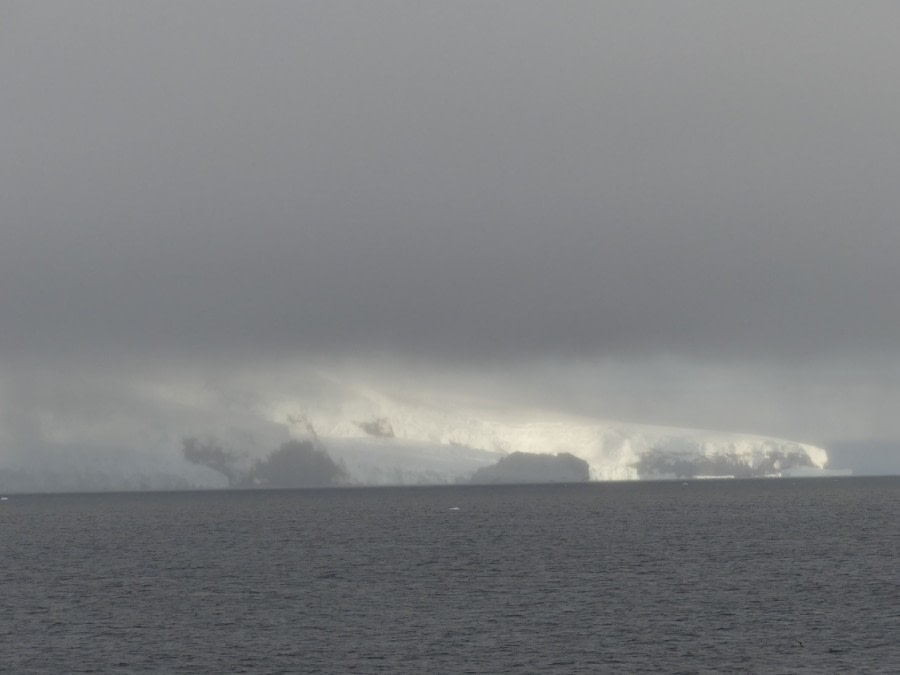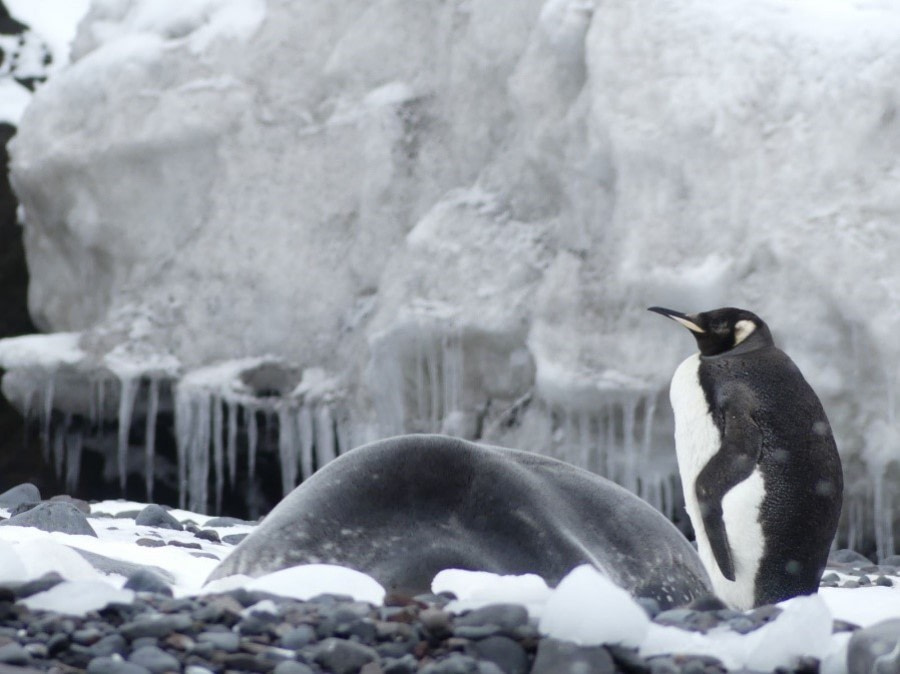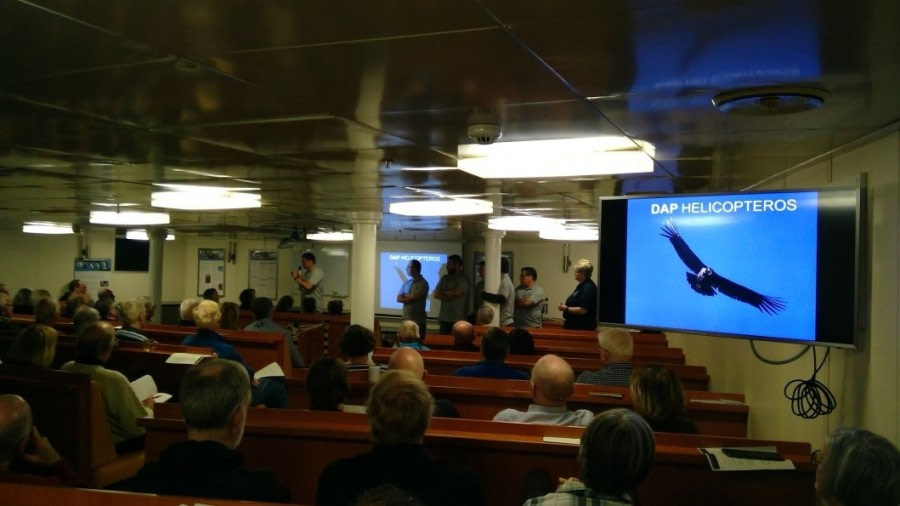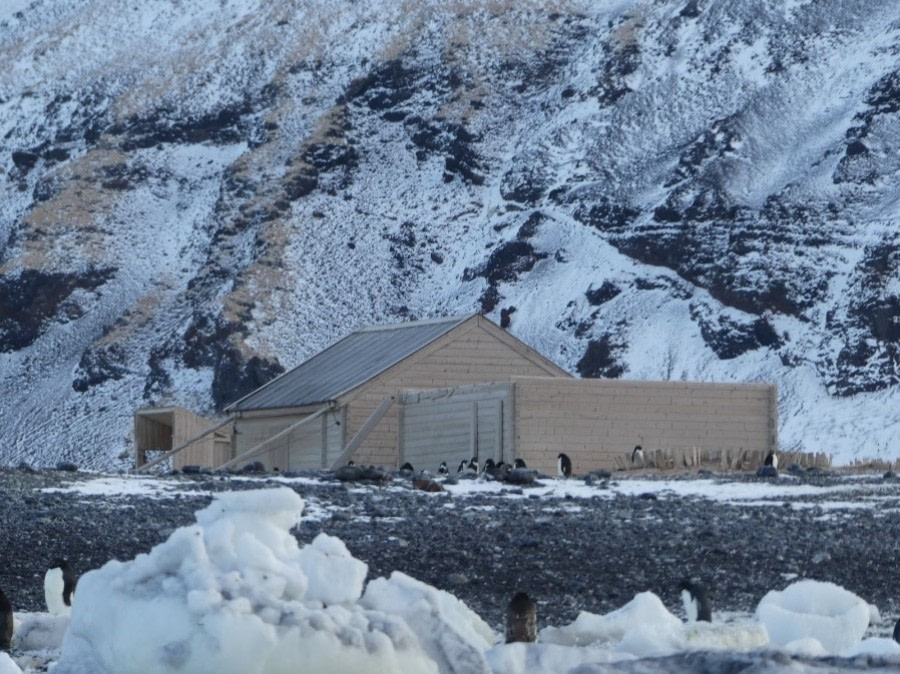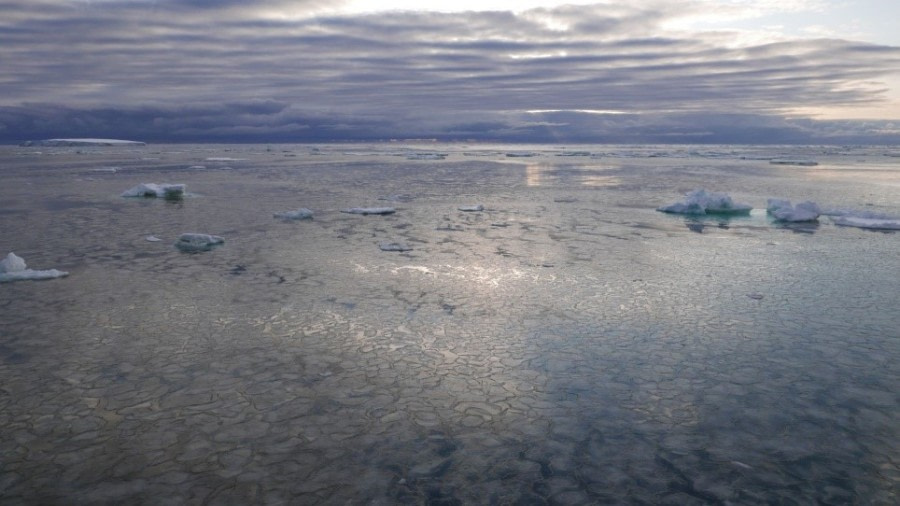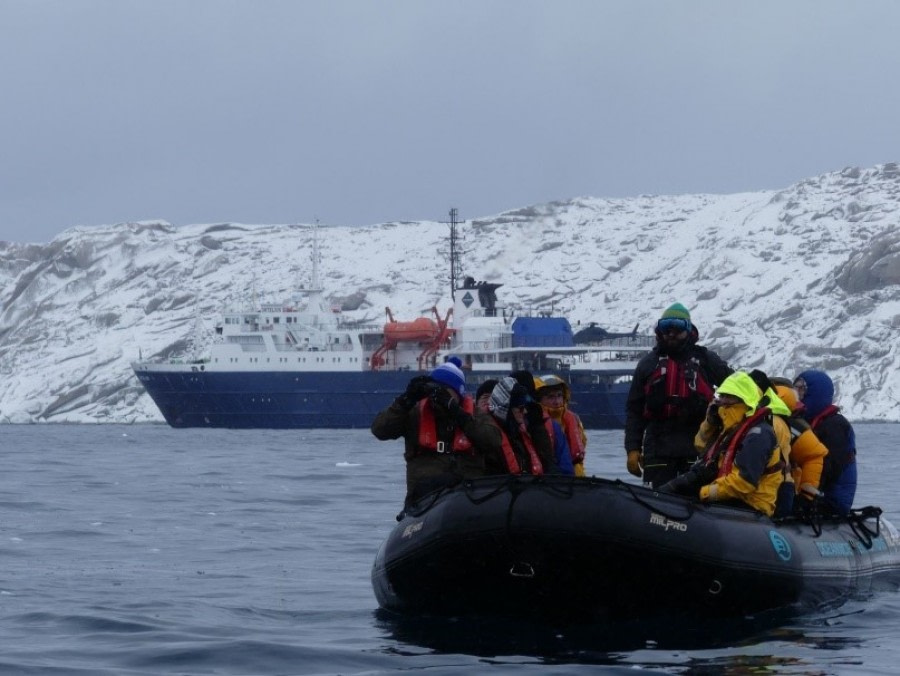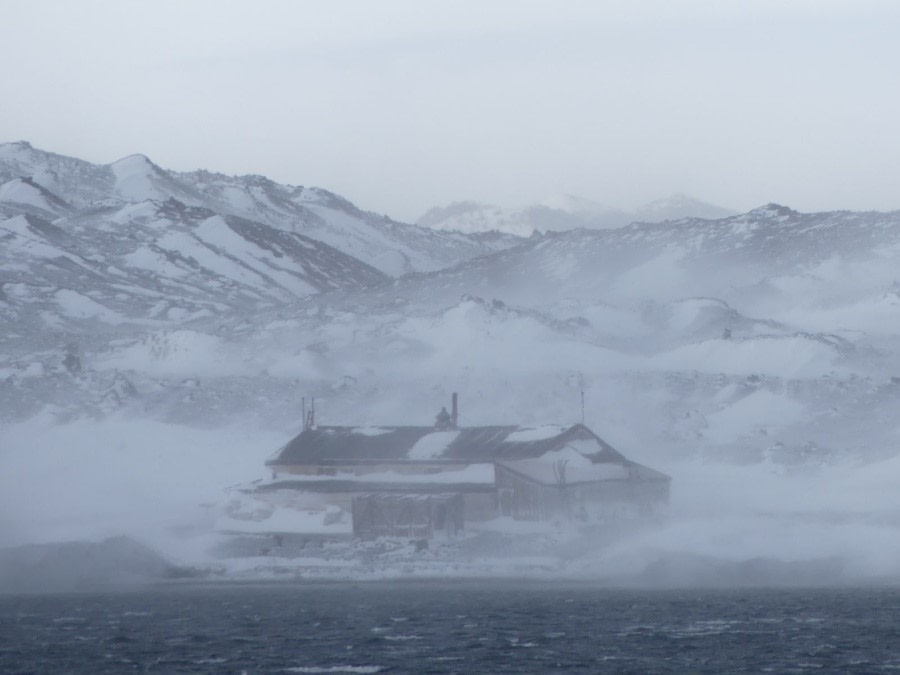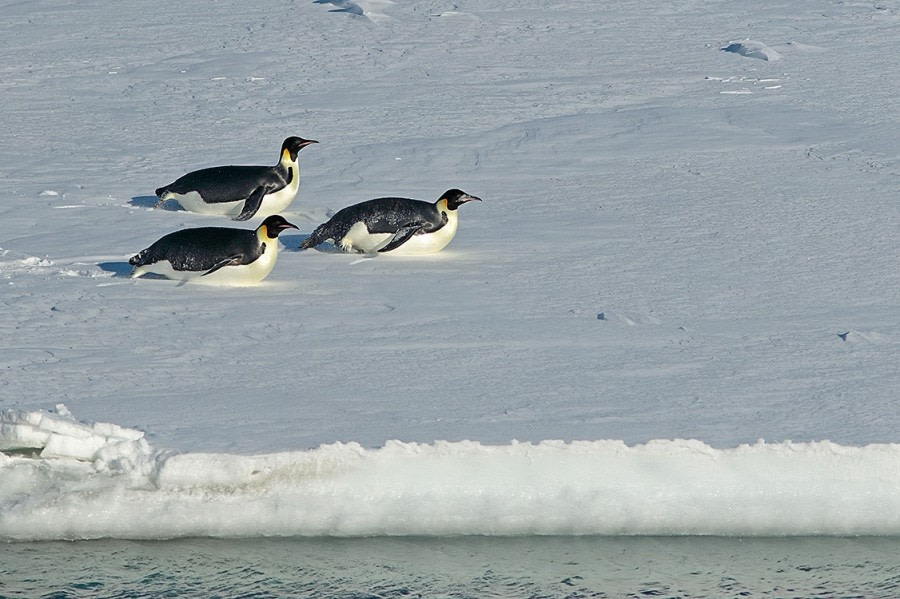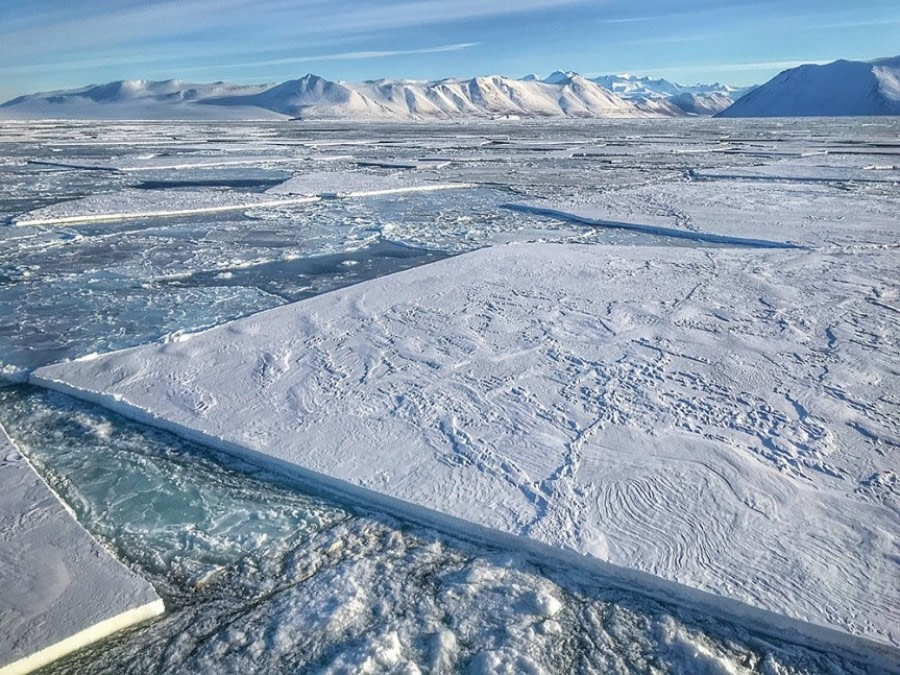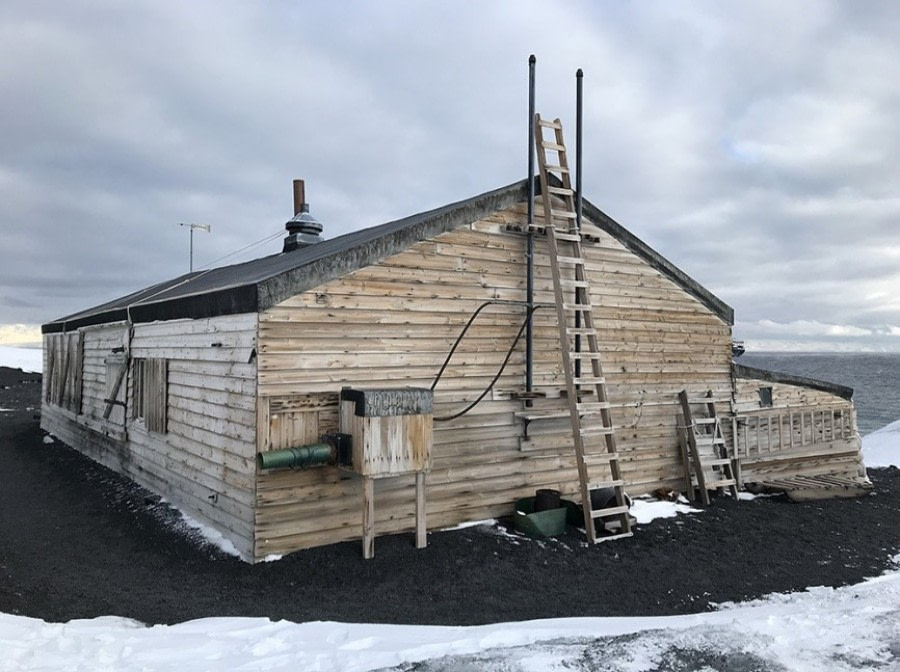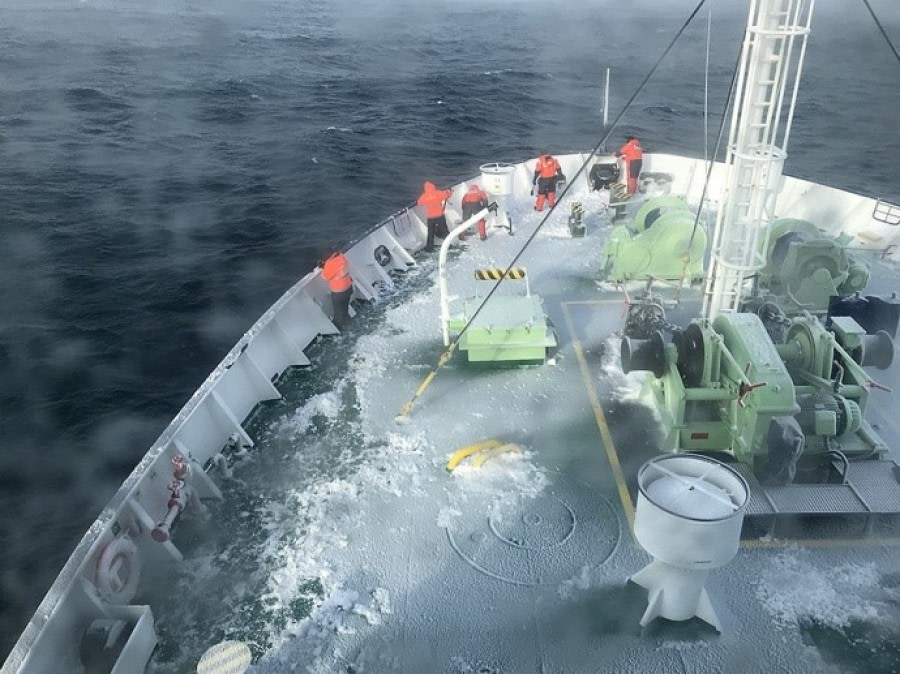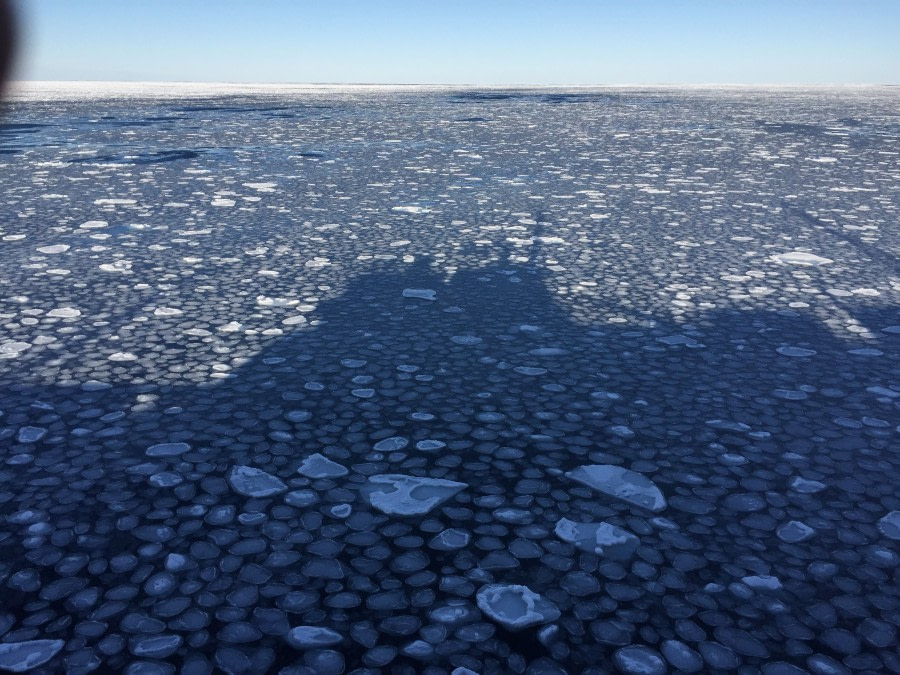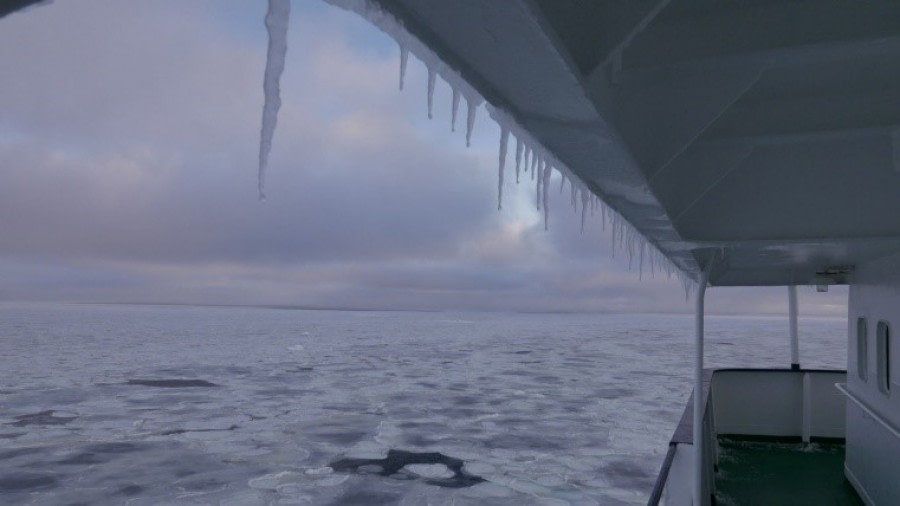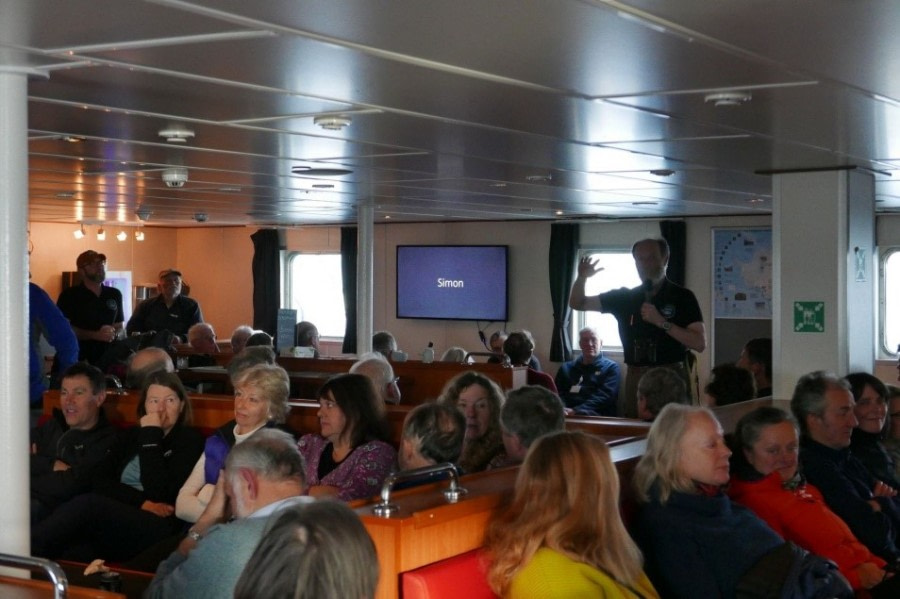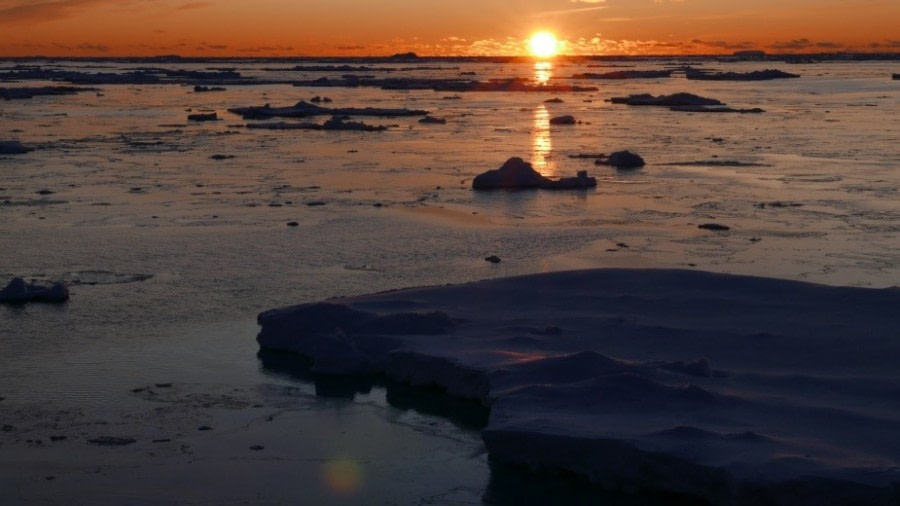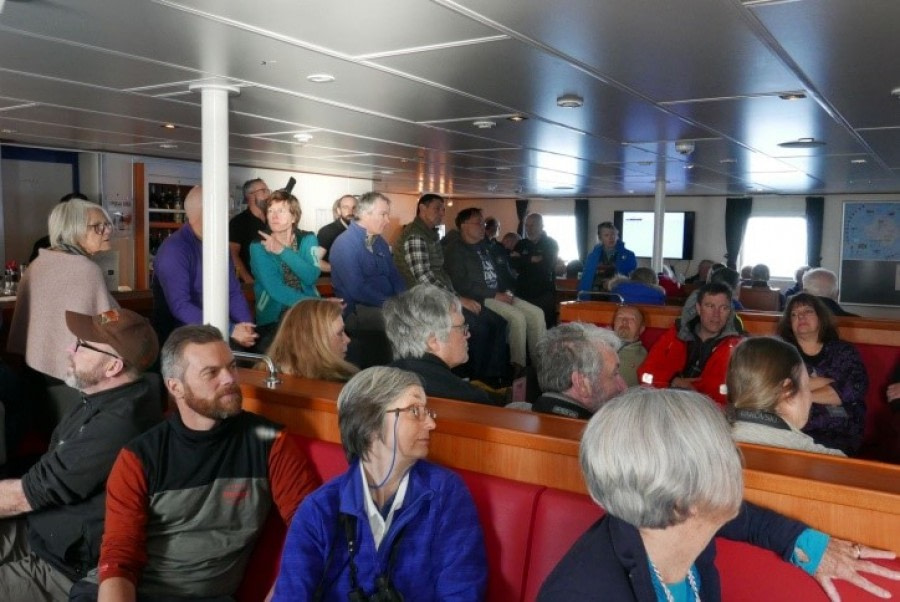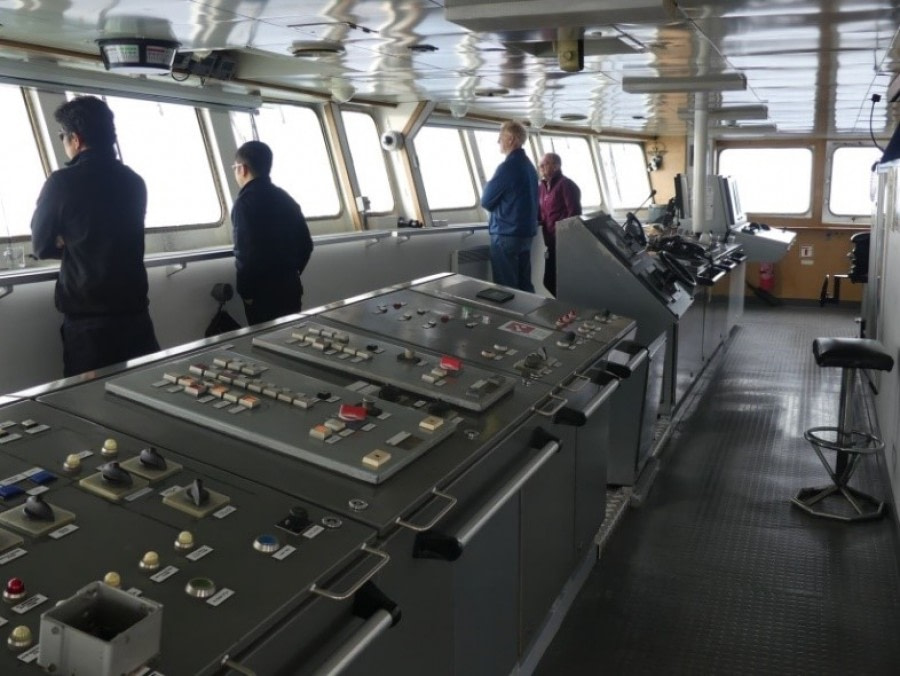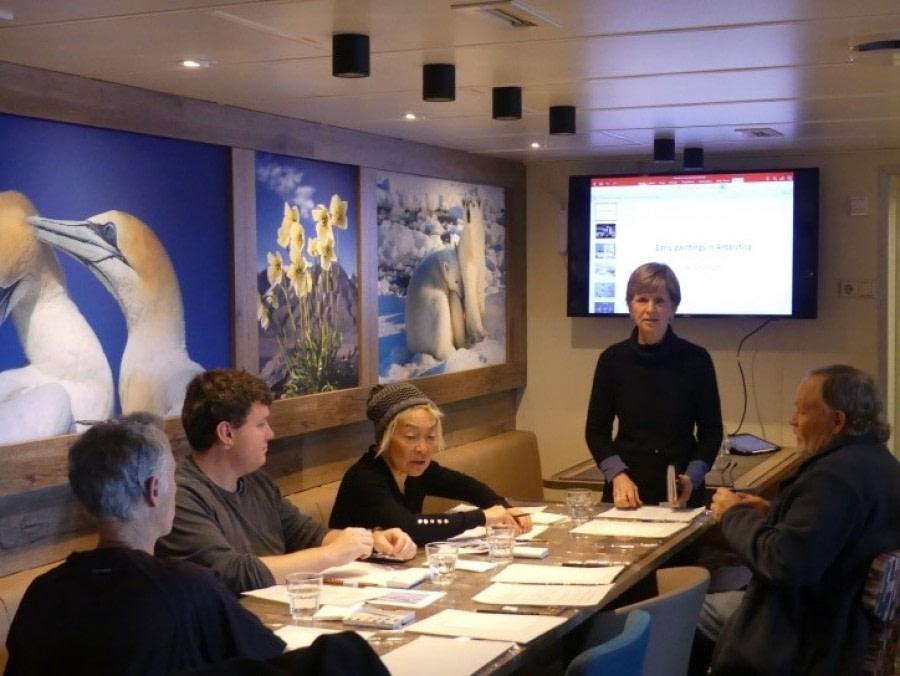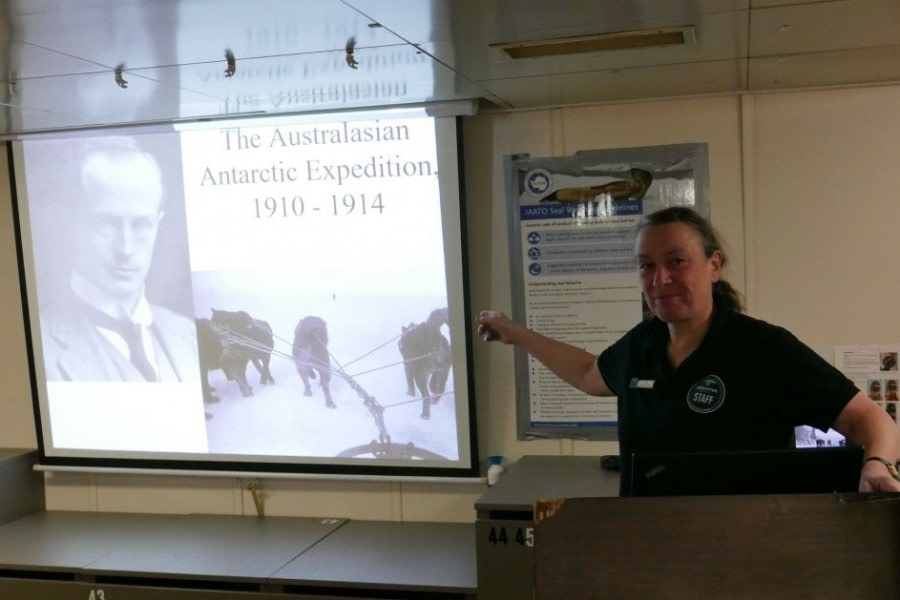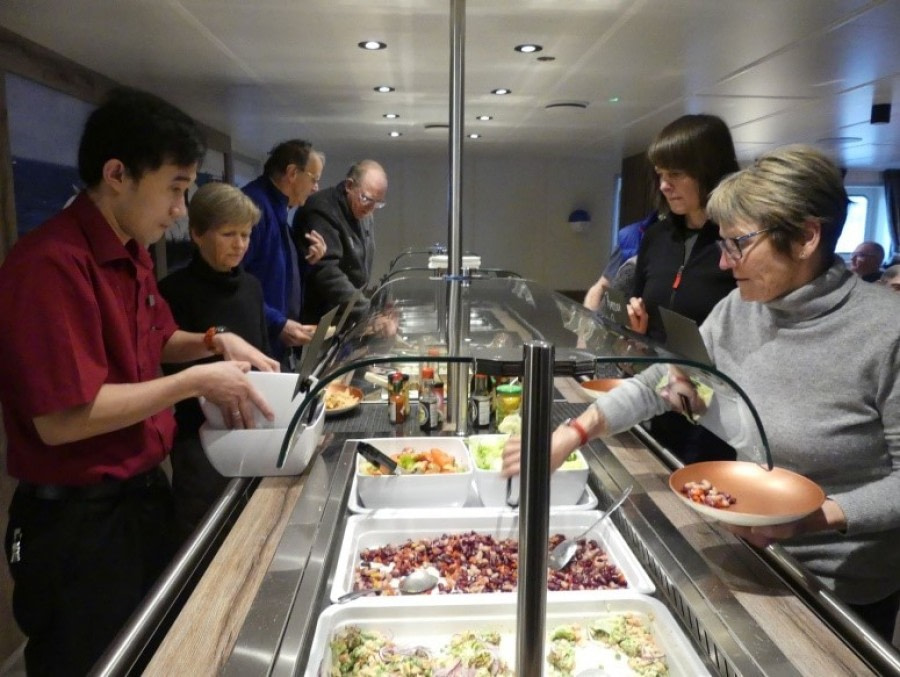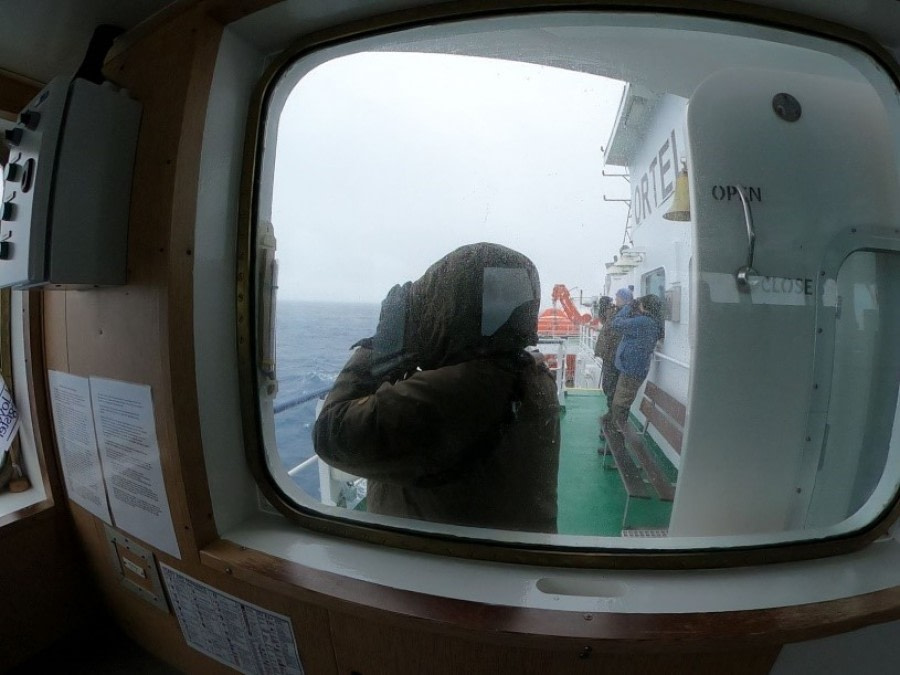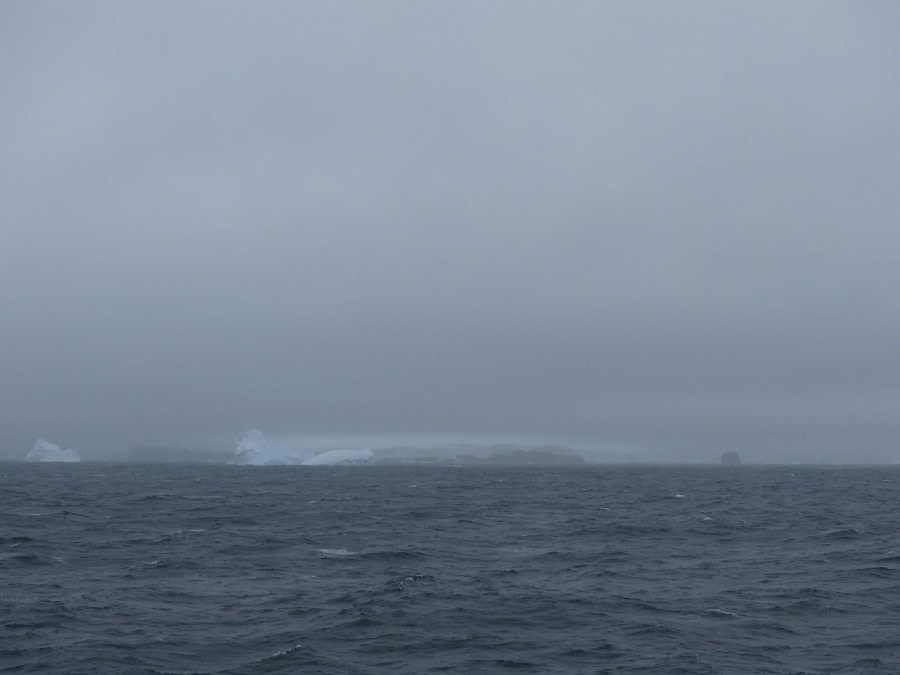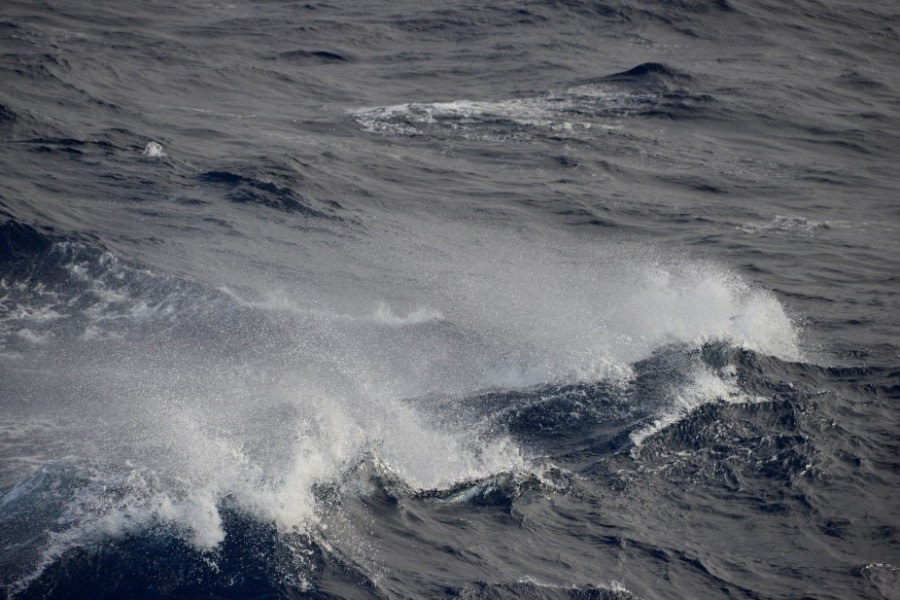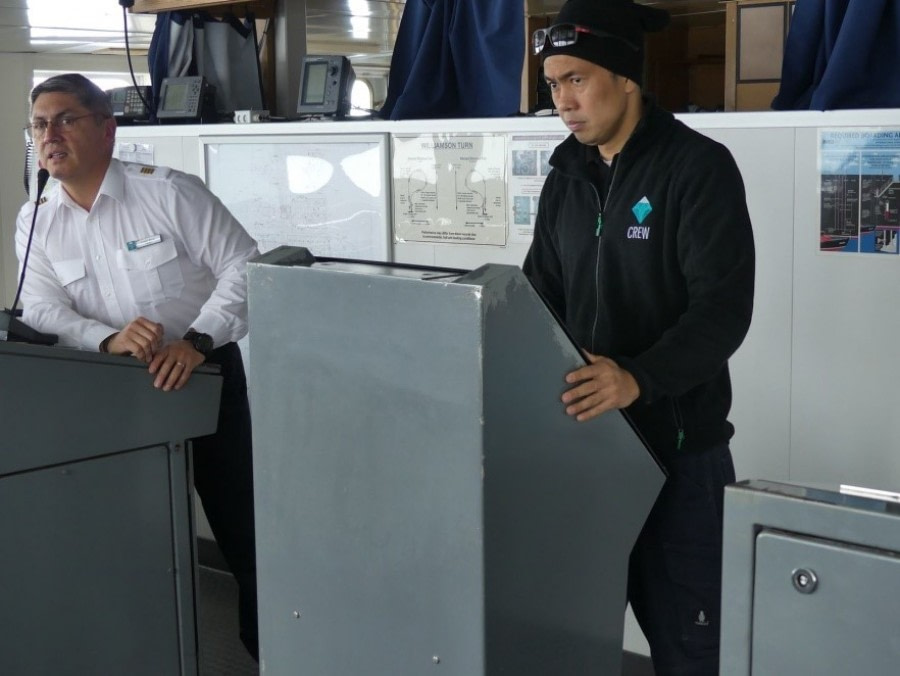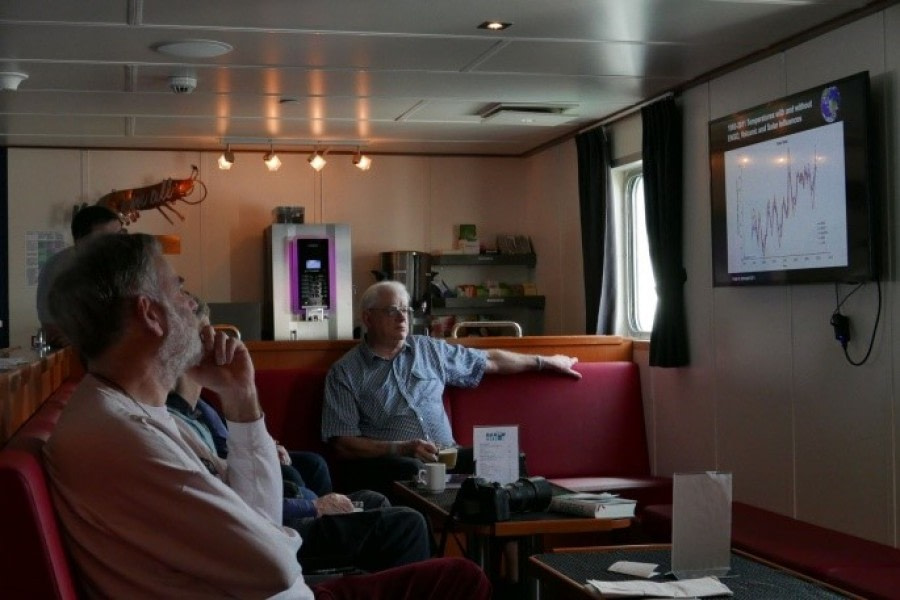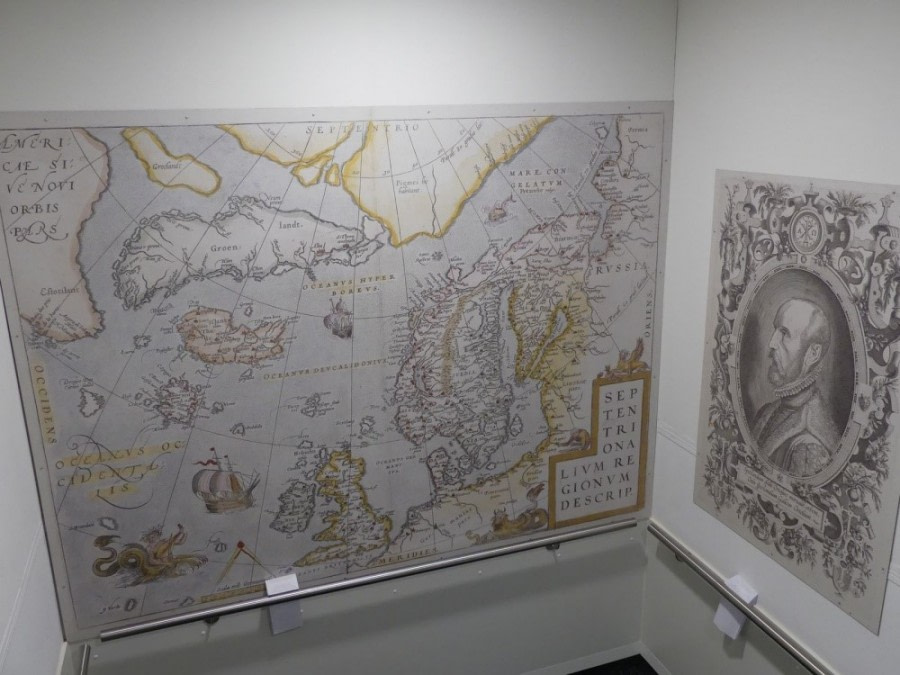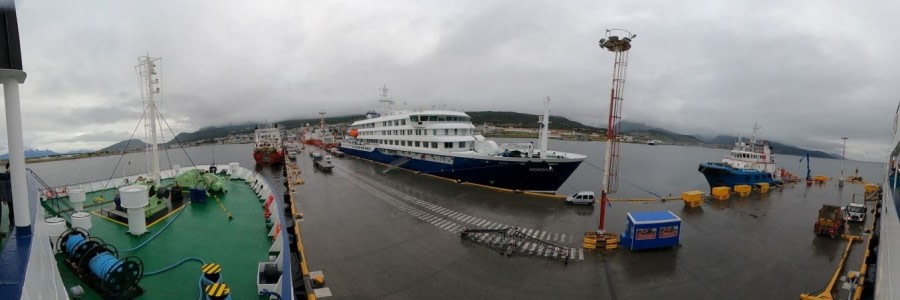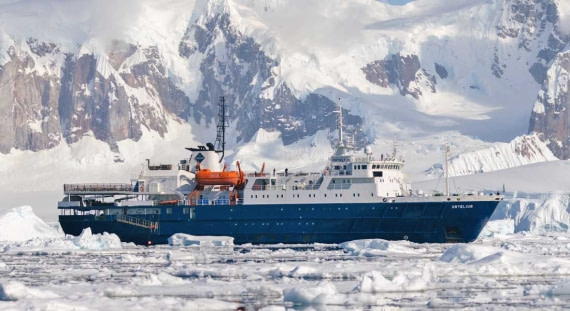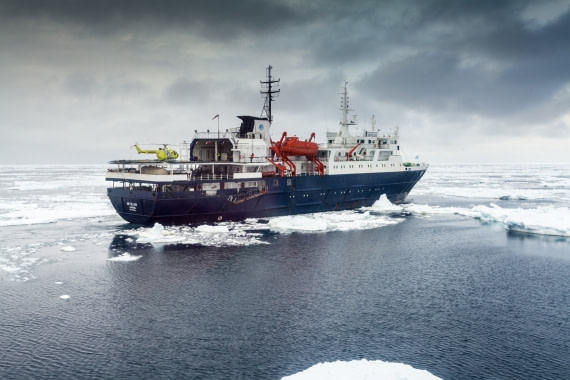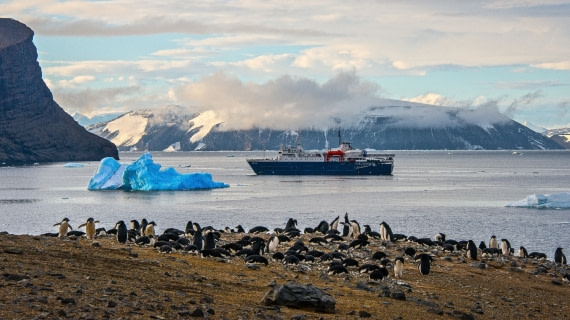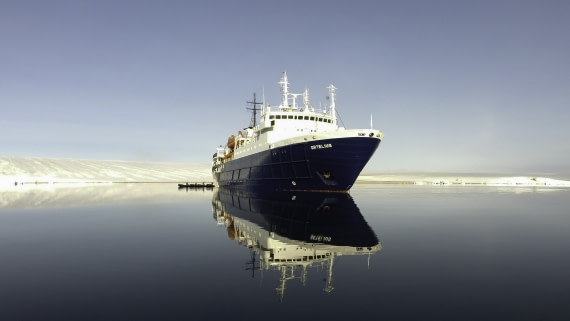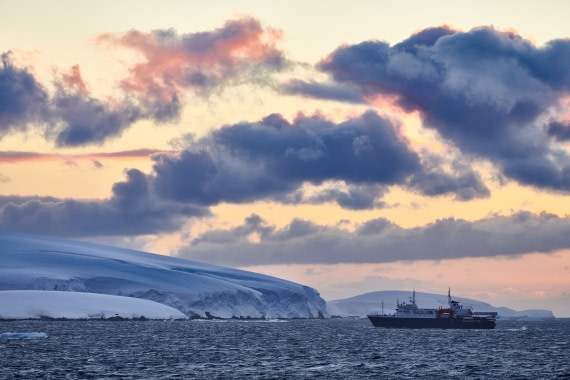| Fecha: | 16.02.2020 |
| Posición: | 46°35'S / 168°20'E |
| Viento: | Varios 1 |
| Clima: | Nublado |
| Temperatura del Aire: | +15 |
Desde las 13.30 horas, el vestíbulo del Hotel Kelvin de Invercargill estaba abarrotado de pasajeros del Ortelius que estaban a punto de embarcar El subdirector del hotel, Carlos, estaba ocupado comprobando nombres; la Dra. Lise recogía cuestionarios médicos; los miembros del personal Victoria, Simon y Mark se afanaban por marcar con tiza los números de cabina en el equipaje. Y de hecho, a pesar de la multitud, la operación fue tan bien que subimos pronto a nuestros autobuses. Así que tomamos una ruta panorámica hasta Bluff, lo que nos permitió disfrutar por última vez del paisaje de la Nueva Zelanda continental. La velocidad del viento en el puerto era algo más fuerte que en la ciudad y nos aferramos con dificultad a nuestros sombreros mientras bajábamos de los autobuses a la pasarela del Ortelius, dirigiéndonos a la recepción de la cubierta 4 para registrarnos. Este será nuestro hogar durante el próximo mes. El director del hotel, Michael, nos dio una calurosa bienvenida, nos entregó las llaves de nuestros camarotes y, a continuación, el personal del hotel nos mostró nuestros camarotes y pudimos pasar la siguiente hora deshaciendo las maletas y conociendo la distribución del barco. Encontrar el Bar y la importantísima estación de café/té fue un momento significativo. Con todo el mundo embarcado y todo el equipaje a bordo, llegó el momento de la sesión informativa de seguridad obligatoria en la sala de conferencias de la cubierta 3. El jefe de expedición Rolf nos dio la bienvenida a bordo. El jefe de expedición Rolf nos dio la bienvenida a bordo, seguido de Andy (tercer oficial) y Clouds (ayudante del jefe de expedición), que proyectaron una película sobre diversos aspectos de la vida a bordo del Ortelius; Michael nos hizo un recorrido "virtual" por el barco; la Dra. Lise nos recomendó que nos reuniéramos con ella para aprovisionarnos de medicamentos contra el mareo y, a continuación, siete toques cortos y uno largo de la bocina del barco señalaron el comienzo del simulacro de bote salvavidas. Nos gusta hacer este simulacro antes de zarpar, para que todo el mundo sepa qué hacer en caso de emergencia. Primero volvimos a nuestros camarotes para coger ropa de abrigo y nuestros chalecos salvavidas SOLAS de color naranja chillón. Luego nos reunimos en el bar y pasamos lista. Finalmente, fuimos conducidos a nuestras respectivas zonas de embarque en la cubierta 7, donde nos pusimos en fila. Un bote salvavidas estaba abierto para que pudiéramos echar un vistazo en su interior... ¡Qué acogedor! Zarpamos hacia el final de este simulacro, al principio escoltados por un remolcador, enfrentándonos a condiciones de viento difíciles y mar gruesa, todo parte de la aventura. Fue muy emocionante ver cómo el piloto neozelandés abandonaba el Ortelius después de guiarnos fuera del puerto, así como el fuerte balanceo de su barco (¡mucho peor que el nuestro!). Ahora teníamos algo más de tiempo libre para instalarnos, empezar a sentirnos como en casa y empezar a desarrollar nuestras piernas marinas. A las 7 de la tarde, la mayoría de nosotros nos reunimos en el bar para conocer al capitán Ernesto Barria y brindar por nuestro viaje a la Antártida. Consumimos vino espumoso y canapés (en su mayoría, no muchos acabaron en el suelo) y conocimos al personal de expedición del barco, que conducirá nuestras zodiacs, nos dará charlas sobre todos los aspectos de la Antártida y nos acompañará en las visitas a tierra. La cena era a las 19.30 y, aunque el comedor no estaba lleno, los que vinieron disfrutaron de la experiencia culinaria y también de conocer a otros pasajeros. La mayoría decidió acostarse temprano, ya que todos habíamos tenido un largo viaje desde casa hasta Bluff. Después de haber "protegido nuestros camarotes del Océano Antártico" en la medida de lo posible (incluidos los AB que cerraron las contraventanas de los ojos de buey de la cubierta 3), nos fuimos a la cama y pasamos una noche de balanceo sorprendentemente rítmico e incluso placentero: sin duda sabemos que estamos en el mar.
